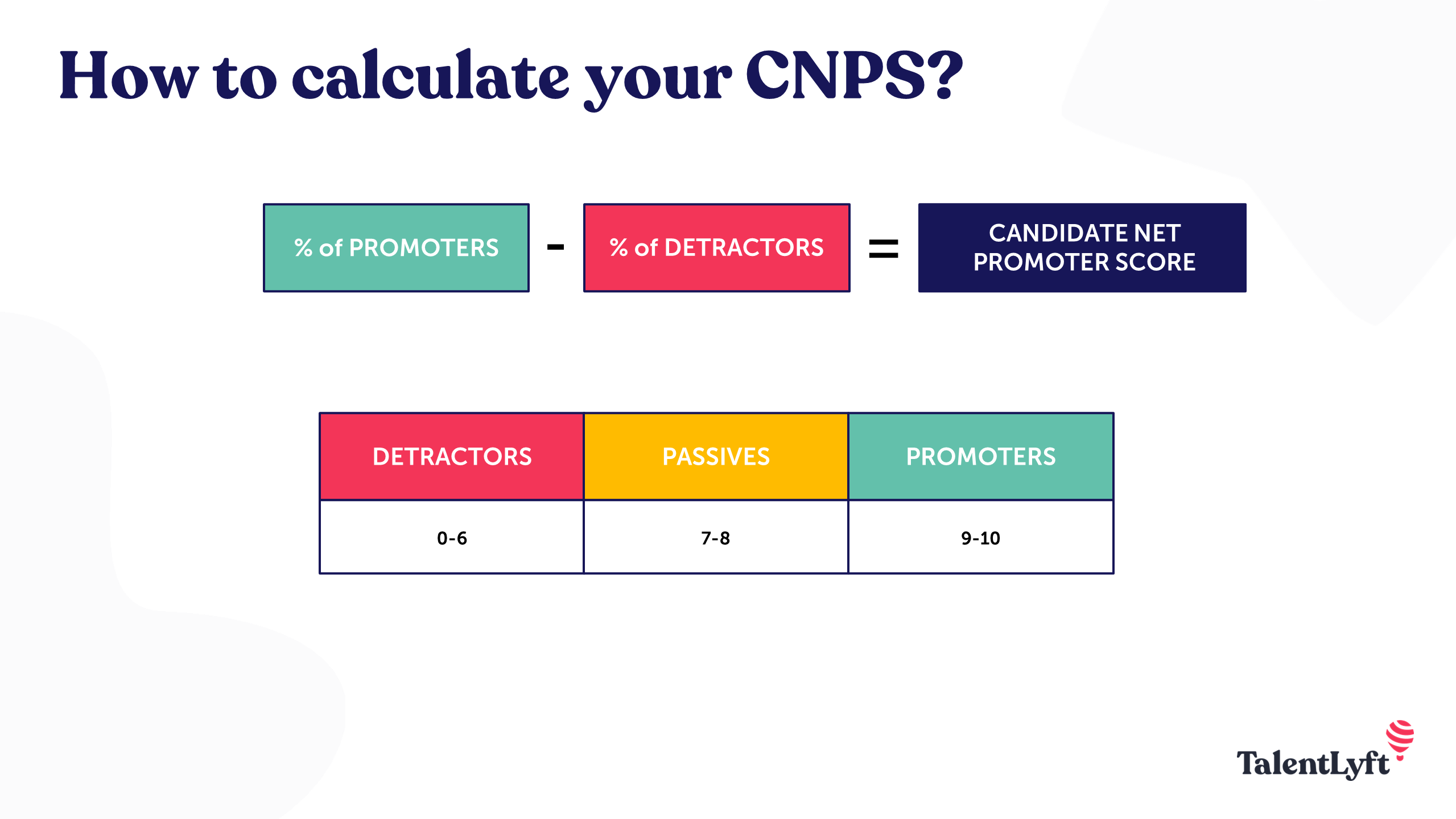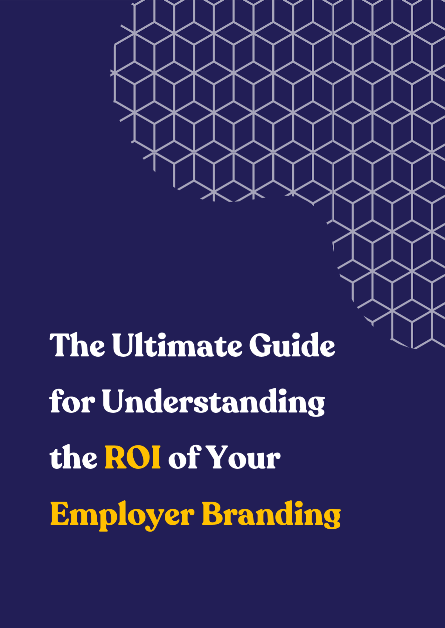![https://adoptostaging.blob.core.windows.net/article/F9aoodUhtkaqxi-IgQUZcg.png]()
Human resources tend to collect a lot of data but not many people know how to make the best use of that data. Candidate experience metrics will tell you everything you need to know about good and bad practices in your recruitment process and our goal is to teach you to read those numbers and use them to your advantage.
Negative candidate experience will cost you - a lot
One great example of how bad candidate experience can directly affect revenue is that of Virgin Media. They were losing 5 million dollars per year because their candidates had a negative candidate experience. How is that possible? Turns out that rejected candidates were canceling their subscriptions to Virgin Media and switching to competitors. Luckily, executives at Virgin Media realized their mistake and decided to do something about it. They started a training program for their hiring managers and employees with which offering a positive candidate experience became a company-wide priority. This goes to show that you should always think about the consequences of your recruitment actions. The good news is if they managed to turn that around, so can you.
How to measure candidate experience?
Measuring and analyzing your overall candidate experience will give you an insight into how well your company is perceived by your candidates. This will help you eliminate all chances you’ve ever had of repeating the same mistakes Virgin Media did. Luckily, you don’t have to be a data scientist to know how to gather all that information, technology does it for you.
Candidate experience metrics
In order to define strengths and flaws in your recruiting process, it is important to keep track of key candidate experience metrics. That way you can easily determine which areas of your recruiting and hiring process give you great results and which areas could use improvement.
We’ll explain to you some of the most important candidate experience metrics you should be inspecting:
Candidate experience survey
One great tool for measuring candidate experience are candidate experience surveys. They are a pretty straightforward feature - you simply ask your candidates how they would rate their overall experience with your recruitment process. There are multiple ways in which you can conduct your candidate experience surveys:
CAREER SITE EXPERIENCE: You can set up survey questions on your career site and measure your overall employer brand. Asking for feedback shows that you care about what candidates and potential hires think of you and your company.
HIRING PROCESS EXPERIENCE: Send out surveys to everyone who had the experience of going through your recruitment process and make informed decisions about which step in the process could use some improvement.
EMPLOYMENT EXPERIENCE: Send out surveys to your new hires to check how successful you were at finding a good match for your company.
This way you can make sure to get actionable insights from candidates who reached different hiring stages.
When designing your survey questions keep them as short and simple as possible because that way you’re increasing your chances of actually getting the feedback you need. You don’t want the candidate to give up in the middle of a survey because it takes too long to answer complicated questions. It’s best not to have more than 10 questions. Another thing to have in mind is to make sure that surveys are anonymous giving your candidates the opportunity to be as honest as possible.
The most important metric you can track through candidate experience surveys is NPS (Net Promoter Score) which is in this case CNPS (Candidate Net Promoter Score). CNPS shows you how loyal your candidates are to your company and how likely they are to recommend your company. You ask your candidates to rate their candidate experience in each of the 10 questions with numbers from 0 to 10. Overall CNPS score can range from -100 to +100. The higher the score, the better.

Career site conversion rate
The career site conversion rate metric shows you the number of your career site visitors who completed the desired action which in this case means they filled out a job application form and applied for your open job position. If your career site conversion is low, it means that potential candidates aren’t pleased with what they’re seeing at your career site. You should inspect the reason behind why that is happening and prioritize improving your employer branding and optimizing your career site.
When creating your career site, some of the questions you should ask yourself are:
Was it easy for potential candidates to navigate through your career site?
How interesting your career site is to your potential hires?
Have you provided all the useful information about your company?
Was the job description clear enough?
Think about what kind of content you’re presenting at your career site. Making your career site user-friendly for applicants is one of the first steps you can take toward achieving a great candidate experience.
Application form abandon rate
The application form abandon rate tells you how many candidates started filling out the application form but failed to finish. High drop-off rates may indicate several issues. Maybe your job application is too long, or you are asking your candidates to fill in the same information several times. It could even be that your job application requires too much additional work such as creating multiple online accounts which makes candidates lose their interest.
Since you don’t want applicants to be annoyed by the lengthy process and give up on their application, you should always try to keep them short and simple. Even though you may think collecting as much information as you can is a good thing, oftentimes your candidates don’t see it that way.
It would be a mistake to assume that the top talent will be dedicated enough to fill out more information - good candidates know their time is important and that they have plenty of opportunities in the job market.
Email response rate
There are two metrics we will address here - candidate email response and recruiter email response. The candidate email response rate tells you how many of your candidates have responded to your emails. This metric indicates how engaged were your candidates with you in your email communication.
The recruiter email response rate represents the time it takes for a recruiter to answer the candidates. Candidates lose interest if they don’t hear back in a long time. If a candidate spends a lot of time preparing for your job application, it is very frustrating not to hear back for an extended period of time. Make sure email communication runs smoothly and within a reasonable time frame.
Time to fill and Time to hire
Even though these two terms are often considered synonymous, they are not. Time to fill and time to hire are two separate metrics and they give you different insights into different stages of your recruiting process, the main difference being the time when you start counting. Their importance for candidate experience lies in the fact that they both showcase how long it takes for you to get a new hire ready and on board. If it takes a long period of time to fill your current job position and hire someone, it means there is space for improvement.
Hires per source
Hires per source metric shows you which number of your hires comes from each of your hiring sources. You can easily keep track of which candidates came to you by referrals, career site, job boards or some other recruiting channels. Hires per source metric will help you determine which sources are most effective so you can distribute your hiring resources to the most effective recruiting channels. You can see exactly which qualified and hired candidates came from which sources. If you see that one or more of your hiring sources don’t bring you qualified candidates, you can allocate your recruiting budget to those channels which you can see bring you candidates with the required qualifications.
Offer acceptance rate
Offer acceptance rate metric tells you how many of your job offers actually get accepted by the candidates. If you often send your final offers to the candidates and the candidates don’t accept them, it means you’re doing something wrong. Perhaps you should revisit the offers you are sending out to your candidates and check if they are competitive enough. If your candidates often pass your offer to join your competitors, make sure to boost your offer!
If that is not the case, it might be that you are offering a bad candidate experience in some parts of your recruitment process. This brings us back to candidate experience surveys - setting up this metric will ultimately lead to a better understanding of all mistakes you might be making and set you up for success in the future!
How to make candidate experience metrics work in your favor?
First of all, make sure you track the right data. Increasing amounts of data can confuse even the most experienced recruiters. Keep in mind that metrics give you a sense of the issue but they don’t tell you the reasons why something isn’t right and what can you do to properly address those problems. It’s up to you to investigate the reasons behind the great or poor performance of your recruitment process. Think of tracking candidate experience metrics as a way of improving your recruitment process, not just some random numbers that appear on your screen. Use these metrics as a competitive advantage in your recruiting efforts. When you have the numbers, you can compare them with the industry benchmarks and gain insight into your performance.
Informed and data-driven decision-making will result in providing the best candidate experience throughout the entire candidate journey.
Improve your hiring success with TalentLyft
With TalentLyft, you can find, attract and select top talent for efficiently! Schedule a call with one of our product specialists to learn how we can help you.
get a demo of TalentLyft 







![Boolean Search for Recruiters [Actionable Guide]](https://adoptoprod.blob.core.windows.net/article/7wyu_xAg806Tm_lmFg71Rw.png)








